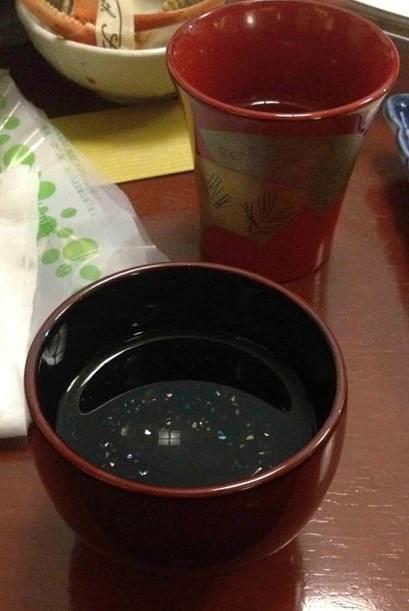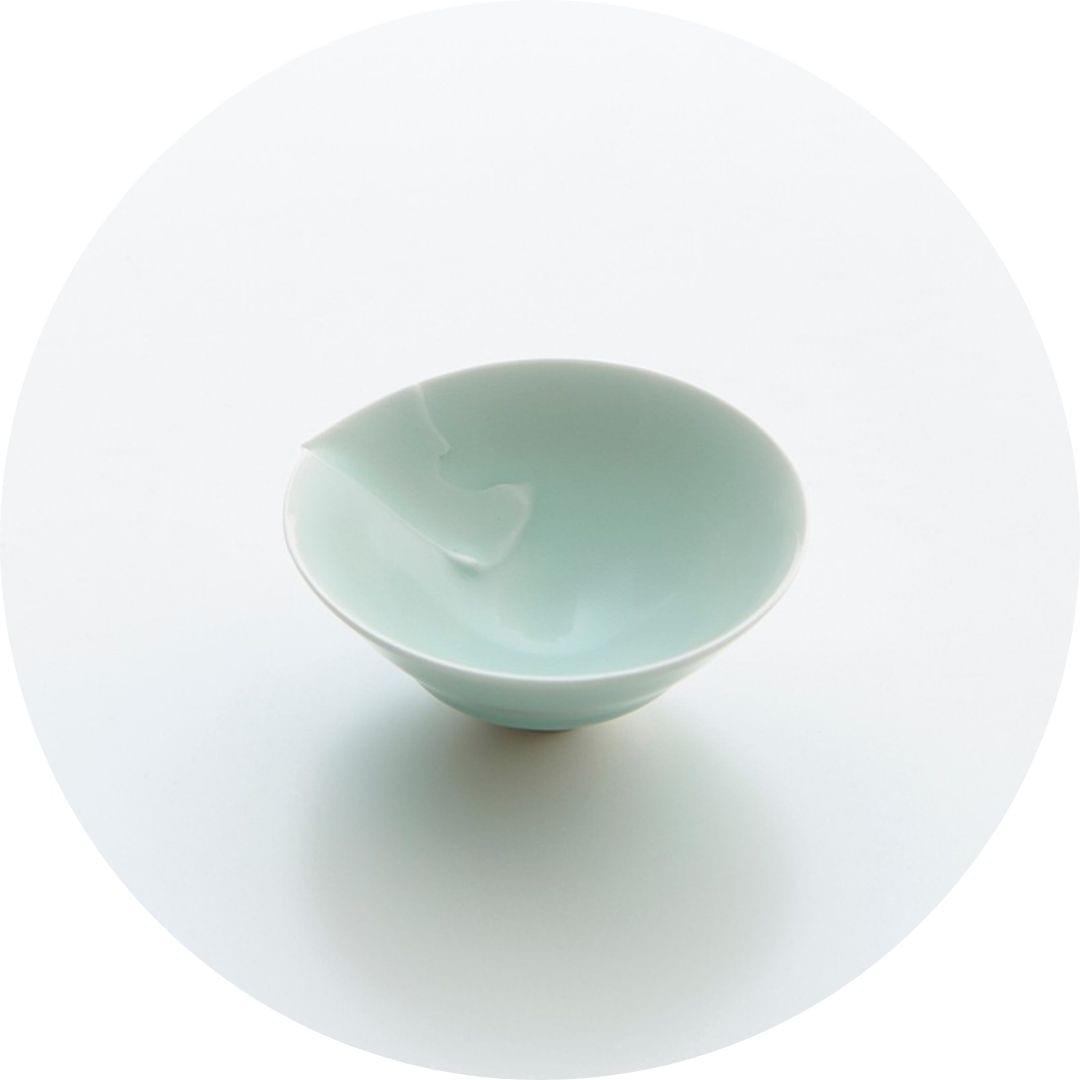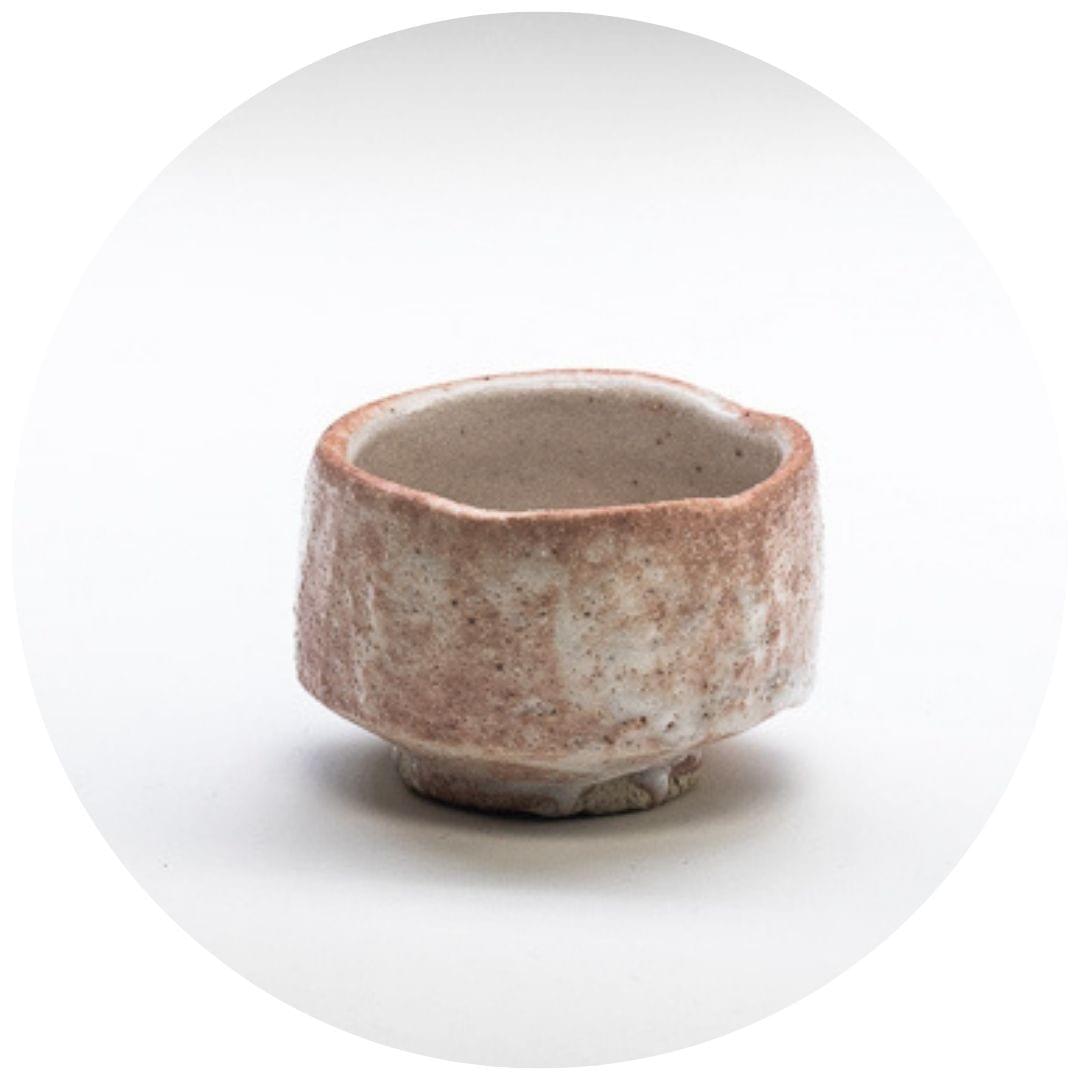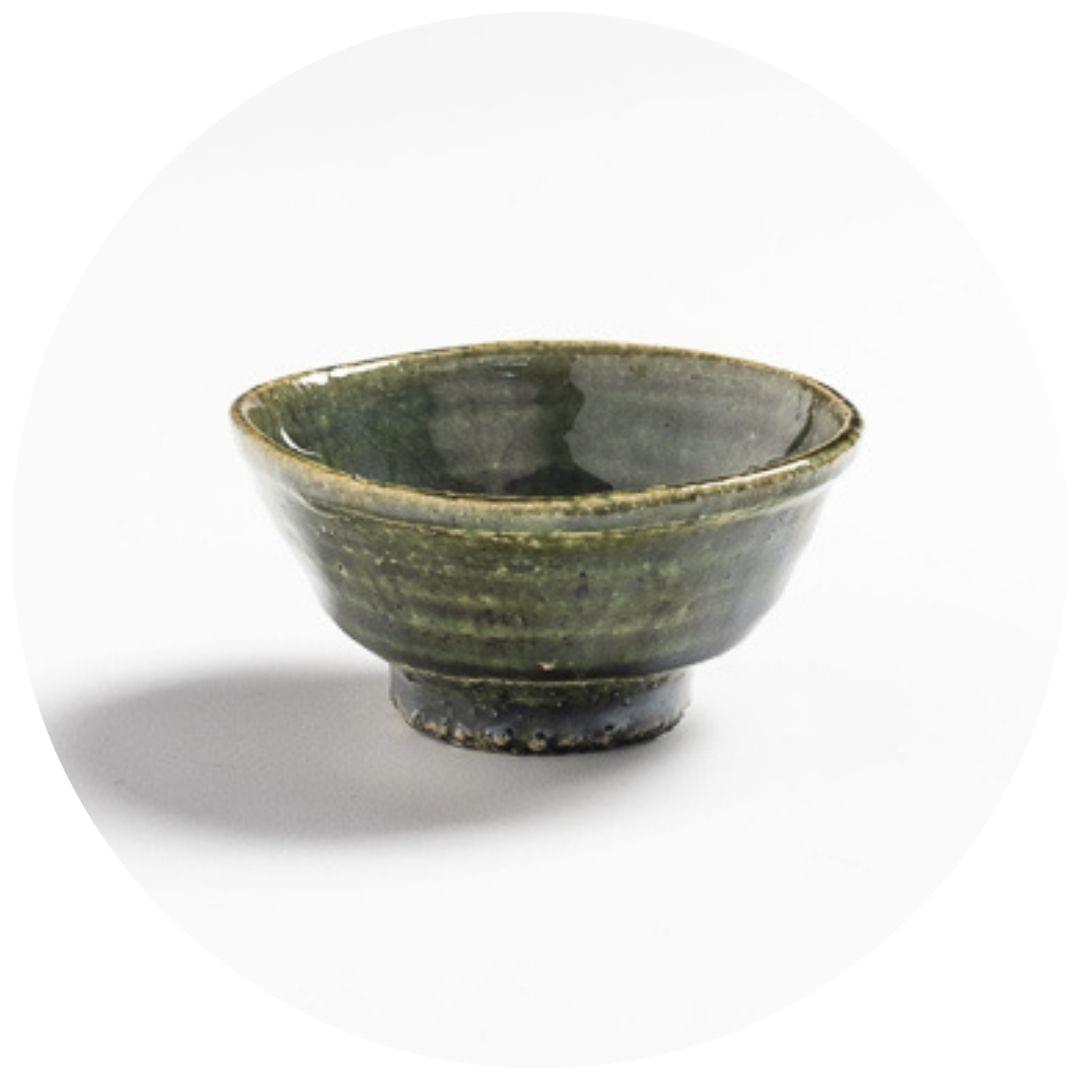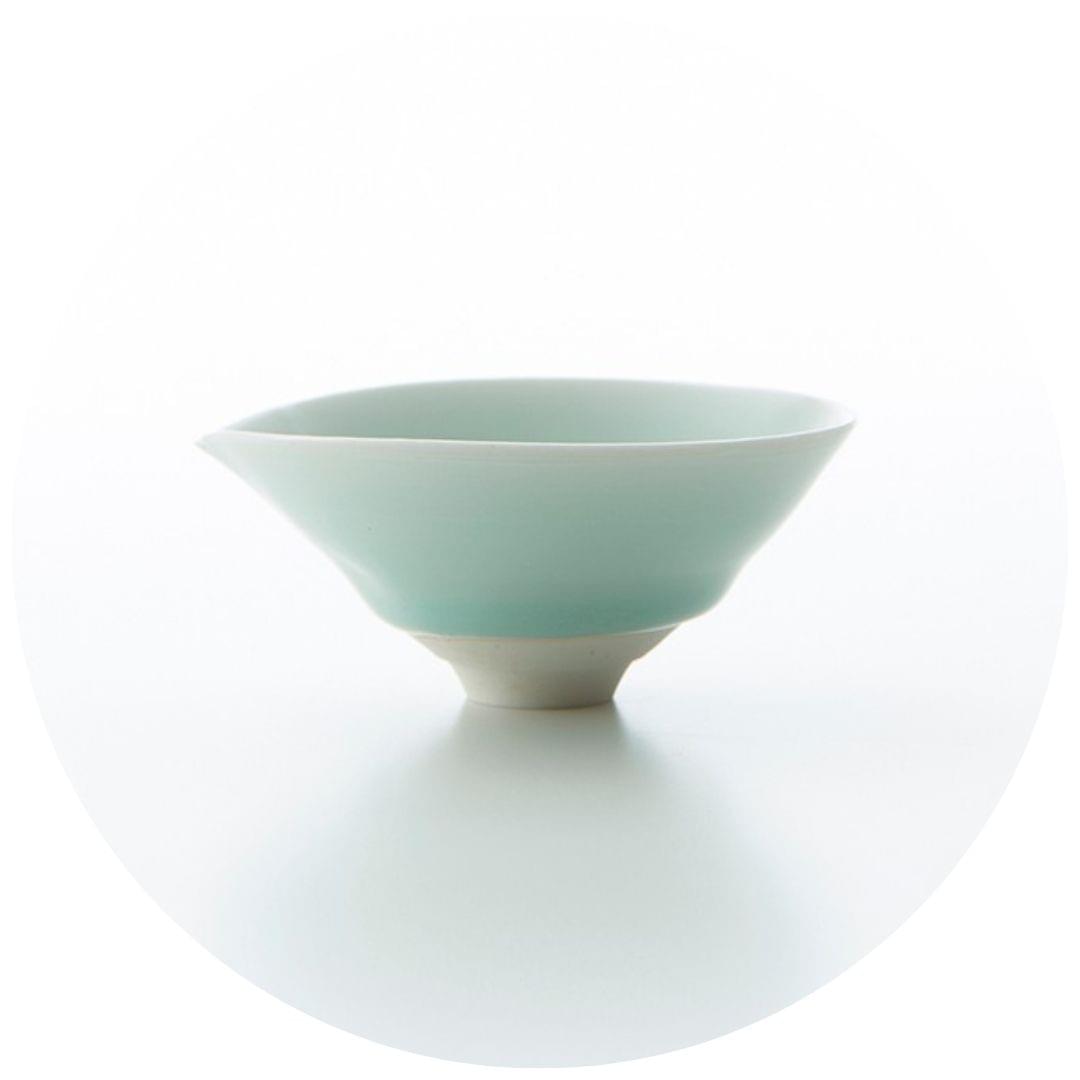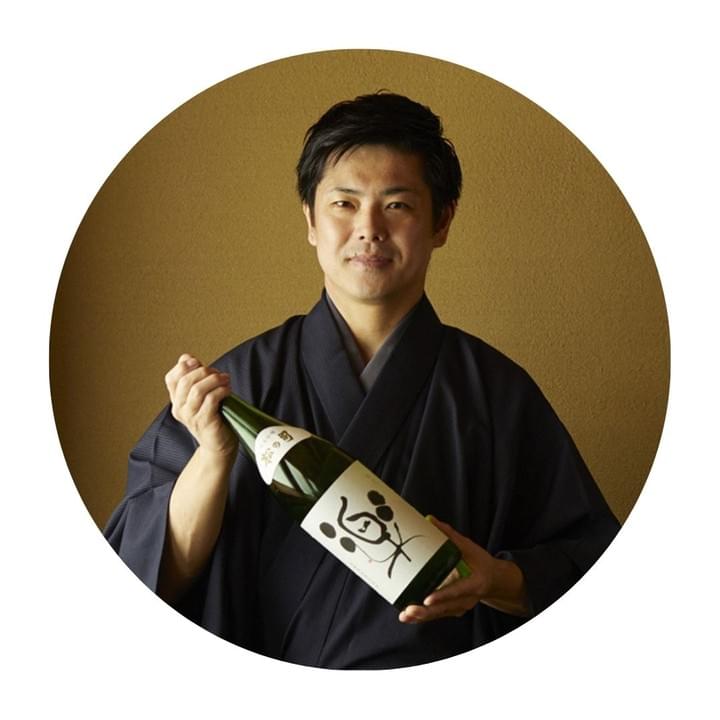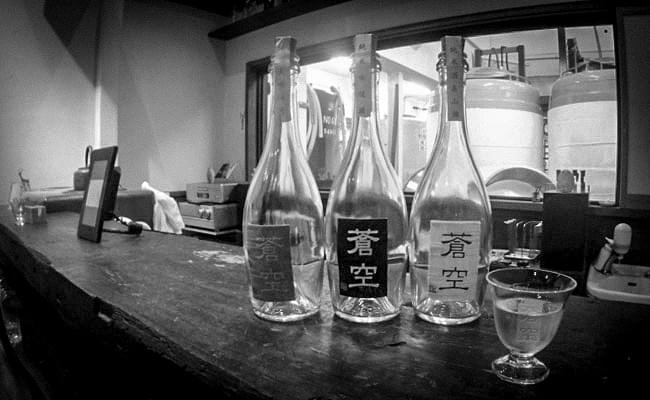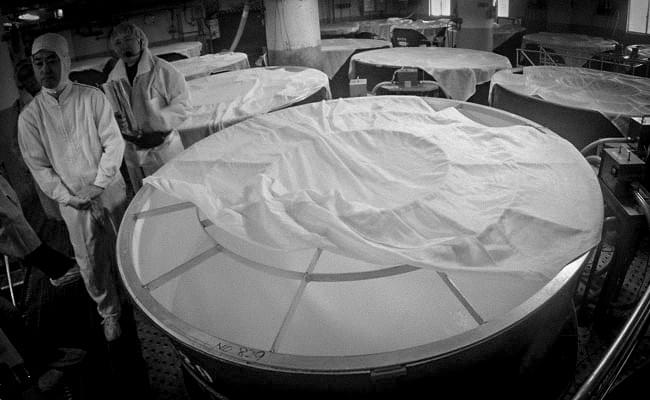
- Artists
- Maio Motoko
- Kobayashi Shumei
- Mitsumoto Takeshi
- Nakano Kaoru
- Oyama Yasuyuki
- Kise Hiroshi
- Kaneko Toru
- Artforms
- …
- Artists
- Maio Motoko
- Kobayashi Shumei
- Mitsumoto Takeshi
- Nakano Kaoru
- Oyama Yasuyuki
- Kise Hiroshi
- Kaneko Toru
- Artforms



Lesley Kehoe Galleries Online
- Artists
- Maio Motoko
- Kobayashi Shumei
- Mitsumoto Takeshi
- Nakano Kaoru
- Oyama Yasuyuki
- Kise Hiroshi
- Kaneko Toru
- Artforms
- …
- Artists
- Maio Motoko
- Kobayashi Shumei
- Mitsumoto Takeshi
- Nakano Kaoru
- Oyama Yasuyuki
- Kise Hiroshi
- Kaneko Toru
- Artforms
- Artists
- Maio Motoko
- Kobayashi Shumei
- Mitsumoto Takeshi
- Nakano Kaoru
- Oyama Yasuyuki
- Kise Hiroshi
- Kaneko Toru
- Artforms
- …
- Artists
- Maio Motoko
- Kobayashi Shumei
- Mitsumoto Takeshi
- Nakano Kaoru
- Oyama Yasuyuki
- Kise Hiroshi
- Kaneko Toru
- Artforms



Lesley Kehoe Galleries Online
- Artists
- Maio Motoko
- Kobayashi Shumei
- Mitsumoto Takeshi
- Nakano Kaoru
- Oyama Yasuyuki
- Kise Hiroshi
- Kaneko Toru
- Artforms
- …
- Artists
- Maio Motoko
- Kobayashi Shumei
- Mitsumoto Takeshi
- Nakano Kaoru
- Oyama Yasuyuki
- Kise Hiroshi
- Kaneko Toru
- Artforms

Kanpai!
Celebrate
--- 2021
Shudō Style

-
for drinking buddies
the usual New Year pilgrimage…
sake shop
-
Issa 1821
THE WAY OF SAKE
酒道
Shudō
酒道
shudō・the way of sake
In Japanese characters, 道 (dō or pathway) signifies applied learning, a pathway to refinement that requires commitment: bushidō the way of the warrior, chadō the way of tea.
用の美
yō no bi・the beauty of function
The Japanese notion of yō no bi speaks to the deeply embedded aesthetic that values artistry and beauty as inextricably interwoven with functionality and engagement with everyday experiences, spaces and objects.
connoisseur
/ˌkɒnəˈsəː/・noun
In english, connoisseur denotes one who
- understands the details, technique, or principles of an art and is competent to act as a critical judge
- enjoys subtleties with discrimination and appreciation
- can be considered a judge in matters of taste
That the functional vessel is art, an embodiment of beauty and emotional power, is the essence of the Way of Tea; arguably also the founding principle of Japanese aesthetics, and most certainly the guiding aesthetic of the potter creating the chawan (bowl for tea), and increasingly today its little brother, the guinomi (sake cup).
That the functional vessel is art, an embodiment of beauty and emotional power, is the essence of the Way of Tea; arguably also the founding principle of Japanese aesthetics, and most certainly the guiding aesthetic of the potter creating the chawan (bowl for tea), and increasingly today its little brother, the guinomi (sake cup).

Title Text
Lorem ipsum dolor sit amet, consectetuer adipiscing elit

Among the few who see things as they are …are the early masters of the Way of Tea. …But seeing was not the sole merit of the Tea masters. They did not stop there, for merely seeing is not seeing completely. Seeing led them to using, and using led them to seeing deeper. Without using there is no complete seeing, for nothing so emphasizes the beauty of things as their right application. Not only did the Tea masters enjoy beauty with the eye and contemplate it with the mind, but they also experienced it with the whole being.

THE GOD CUP
'How this is possible I have no idea'
After dinner, I was invited to stay and drink. The chef from the restaurant decided to join us and after a quick conversation and some introductions, we were given three bottles. I was also presented with a special cup, the ‘god’ cup, sitting on the shop’s altar waiting for the right guest. I was both embarrassed and honoured to have been presented with the cup. I was also told it meant I had to drink lots!
The cup was a deep red matte lacquer with some black showing through on the outside similar to negoro, with shiny black lacquer on the inside – light weight, smooth, with quite a thick lip and a great shape, great sense in the hand. As the first cup was poured, the bottom of the cup began to sparkle. The black lacquer had small pieces of mother-of-pearl shell under the surface that was only revealed once Sake was poured – how this is possible I have no idea. I was humbled, a very special experience, and a further reminder of the fun of the vessel.
-
LKG Sake Corner
2012

THE TASTEBUDS
Taste buds are lined up in the middle of the tongue, so the taste changes depending on how the sake pours in the mouth.

THE RIM
The rim of a vessel - its thickness, texture and curve - will affect how a liquid distributes itself across the tongue and palate.

THE VOLUME OF SAKE
Volume of the liquid that flows, and the speed of the liquid that hits your tongue are determined by the shape of sake cup.

THE APERTURE
The wider and more open the aperture the more directly the entrance of the sake channels the liquid into the middle of the tongue.
A broad rule of thumb suggests that a narrow mouth tends to bring out the sweetness of sake, while a wider mouth allows more acidic notes to flourish.

THE SIZE
the smaller the vessel, the more intense the flavor.
Flavor
from 'elements of tasting doc'
Aroma
Mouthfeel (shitazawari)
Sake may be as light as water on the tongue, or it may have a silkier feel.
Sparkling sake adds the mouthfeel of effervescence.Taste
Sight
- Aesthetics of the vessel and liquid
FEEL (hand feel)
Yawaragi-mizu ["calming water"]
is the name the Japan Sake and Shōchū Makers Association has given to water chasers, which they recommend when drinking sake. It dilutes the alcohol in your stomach, so you don’t absorb too much too fast, and it also refreshes your palate.
shikomi-mizu [brewing water]
Some bars even serve shikomi-mizu [brewing water], taken from the same source that the brewers use when making their sake. The mineral content of the shikomi-mizu naturally influences the flavor of the sake, so it’s interesting to compare how the two taste
(from fun facts doc)
artistry

POINTS OF DISTINCTION
Aesthetic appearance, weight, balance, how it feels in the hand, and a drinking lip that is not excessively rough are the general points of assessment

THE FOOT
Lurking modestly in the background, the quality and appearance of the somewhat hidden feature of the kodai, or foot, is indicative of the skill of the artist and always scrupulously checked by experienced collectors.

WOODen shuki
The aroma of the wood harmonizes with the sake, making it mild and easy to drink.
The sake will change its taste and become milder when poured in the wooden shuki.
Wood generally makes the sake softer. Wooden vessels are better suited to non-aromatic styles of sake where there are no delicate fruity, floral notes to clash with. Thinky sawn vessels tend to add a nice sharpness to light bodied sake.
keshiki (not sakazuki)
faces host or drinking companion as in tea ceremony
THERE IS A WORD FOR DETAIL FACING DRINKER...FOLLOW UP
TYPES OF SAKE VESSEL
the shape of the cup

SMALL ~ OCHOKO/guinomi
The flavor of the sake alters once its temperature changes. That is why sake is best served in a small cup so that it can be emptied before its temperature changes.
a shape that allows the fragrance of the sake to gently waft upward.In the modern sense of the term, "ochoko" is largely interchangeable with the term "guinomi." In the strictest sense, however, ochoko are generally smaller than guinomi and are often in a thimble-like shape
big enough to contain enough sake for a single sip
Since the Ochoko cup is very small, it is less likely that the sake’s taste changes due to the cup

tokkuri
An ochoko is a very small cup that can contain enough sake for a single sip. Since ochoko cups are designed to be very small, the sake often spills out of the cup when poured from the bottle. To avoid this, “Tokuri” is used in a similar way a pitcher is used, making it easier to pour and drink sake while at the table. Approximately 1 go (around 180 ml) to 2 go (around 360 ml) is poured in the tokuri, and every time the ochoko cup goes empty, sake is poured from the Tokuri bottle. Since the Ochoko cup is very small, it is less likely that the sake’s taste changes due to the cup.
poured from a tokkuri. They only hold a mouthful or so of liquid, so require frequent refilling.

FLAT & WIDE ~ SAKAZUKI
most typically holds only a few sips
Drinking sake from a sakazuki is an ancient way of enjoying the drink and has been used in Shinto rituals and ceremonies.
This cup is most formally lifted to the mouth with two hands: one holds the bottom of the cup and the other hand holds it on one side.
GUINOMI
Can be used as a collective term for sake cups, but generally suggests a larger and deeper ceramic vessel than an o-choko
typically bigger than a small ochoko cup and smaller than a Japanese tea cup
Because comparatively on the bigger side, rather than filling in a Tokkuri to use as a pitcher, sake is often poured straight from the bottle. This is why it is often enjoyed when drinking “Reishu” or “HIyazake (normal temperature sake)”.
when the cup was first popularized in the middle part of the Edo Period (1603-1868) the guinomi typically held more sake than the sakazuki and were thus appreciated as a less formal way to enjoy sake

MASU
Square cedar box holding 180ml originally designed as a rice measure. Most people no longer drink from masu, as the smell and flavor of the wood overpower the delicate flavors of today's premium sake.
A small cedar wood box, from which sake used to be drunk, but which nowadays often has a small glass of sake placed inside.
The origins of the masu go back centuries. The masu, however, was not originally used as a drinking cup but rather as a tool for measurement. In the Edo Period (1603-1868), the square box-like masu were used by merchants to measure for sale such important commodities as rice and other grains as well as soy sauce, vinegar and sake. Difficult to break and able to hold a large amount, the masu later became a popular cup for enjoying sake at festivals, cherry blossom viewing "hanami" and other outdoor events. The masu also became popular for serving at drinking establishments since the pronunciation of "masu" is the same as the word for "increase." This play on words showed not only the proprietor's generosity but also a sense of fairness since the masu itself was typically a tool for proper measurement.
Today, masu are often used for serving sake at sake barrel ceremonies "kagami biraki" and at traditional Japanese pubs "izakaya" that appeal to the customer's sense of nostalgia or "Japanese-ness." Arguably the best masu for enjoying the combination of the flavor of sake with the aroma of the wood are those made from Japanese cypress "hinoki" (Chamaecyparis obtusa). Pleasant in color, texture and fragrance, hinoki masu can give sake an uncomparablely fresh and unique quality.
Masu vary in size but the two most common sizes used for enjoying sake are the 144ml "hasshaku" masu and the 180ml "ichigo" masu.

If you serve the exact same sake in three different cups, 100 people out of 100 will say they can taste the difference
Yusuke Miyashita
Enshu-style tea ceremony master, sake sommelier, brewer, ambassador, lecturer and owner of Fukushino, a specialty restaurant for kaiseki cuisine and sake pairing in Kagurazaka, Tokyo

Title Text
Sake sommelier Yusuke Miyashita, of the Michelin star-earning Fushikino restaurant in Tokyo, is particularly passionate about this concept. In an interview earlier this year, he showed us how even casual drinkers can sense the difference in taste of one sake when sampled from three different cups, proving cup choice begets much more than subtle nuance detectable only by experienced aficionados.

out of sake
such is my life…a cold night
-
Kobayashi Issa 1793
Sushi bar assistant:
“Sake? In the middle of the day?”
Hattori Hanzo:
“Day, night, afternoon, who gives a damn? Get the sake!”
-
Hattori Hanzo | Kill Bill #I

the sake gone
time to buckle down
and moon-gaze
-
Kobayashi Issa 1819
用の美
yō no bi・the beauty of function
The Japanese notion of yō no bi speaks to the deeply embedded aesthetic that values artistry and beauty as inextricably interwoven with functionality and engagement with everyday experiences, spaces and objects.
酒道
shudō・the way of sake
In Japanese characters, 道 (dō or pathway) signifies applied learning, a pathway to refinement that requires commitment: bushidō the way of the warrior, chadō the way of tea.
connoisseur
/ˌkɒnəˈsəː/・noun
In english, connoisseur denotes one who
- understands the details, technique, or principles of an art and is competent to act as a critical judge
- enjoys subtleties with discrimination and appreciation
- can be considered a judge in matters of taste
酒道?
kampai・TOAST?
This term is derived from a Chinese word meaning to drain your cup of Sake. This custom is said to have begun around the time of the Anglo-Japan Friendship Treaty, signed in 1854. At a banquet following the agreement, the Earl of Elgin introduced the custom of making a toast to the health of England's monarch. The samurai of the shogunate copied this custom, creating the first "Kampai" toast in Japan.
Copyright ©️2023 Lesley Kehoe Galleries.



